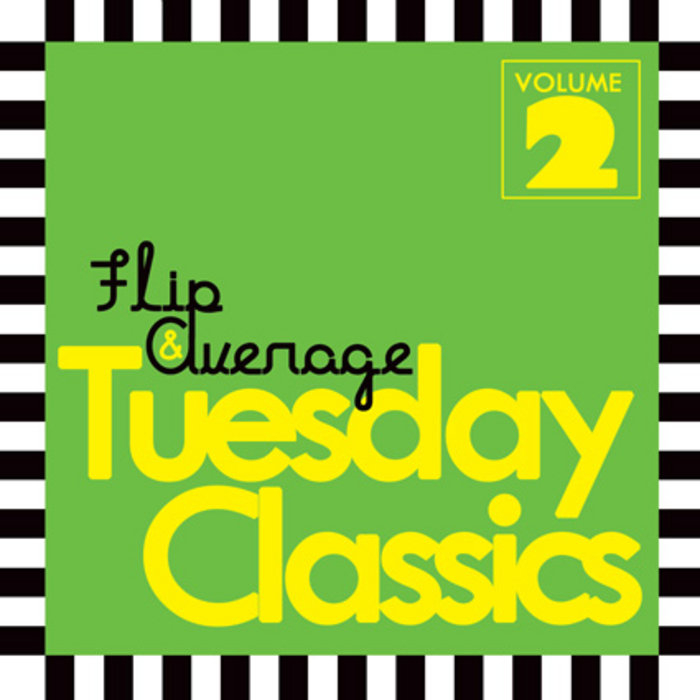
Hip Hop Junkies – FLIP
this blog is GROOVY – check out great Soul, Funk, Jazz, Hip Hop, Bass, Breaks , Reggae, House n many more TUNES
Yo, welcome to the funky world of Austrian hip-hop! This ain’t just any tale; it’s an exploration of how this dope genre found its groove in the land known for schnitzels and stunning alpine views. We’re diving into the history, standout artists, and a sprinkle of humor that makes this scene uniquely vibrant. So grab your headphones and let’s vibe!
Hip-hop made its way to Austria in the late 1980s. Fresh sounds from America began inspiring local youth who wanted to express themselves through rap battles, breakdancing, and graffiti art. It was during this period that pioneers like Funky P started laying down tracks that would become foundational for the scene.
The first official hip-hop track released in Austria is considered to be “König der Löwen” by Funky P back in ’89. With lyrics inspired by their everyday lives, these early artists put Austria on the map with their rhymes.
Did you know Funky P once performed at a school event dressed as a lion? Talk about embracing “König der Löwen”!
By the mid-’90s, things were heating up! As German-speaking rap began gaining popularity across Central Europe thanks to groups like Die Fantastischen Vier, Austrian rappers started to ride that wave too. Artists such as D.A.F (Deutsch Amerikanische Freundschaft) blended techno with rap beats – an innovation sparked by Germany’s electronic music scene.
During this time, Austrian hip-hop saw collaborations between genres—think rock meets rap—a blend so tasty you’d want seconds!
There’s a rumor circulating that one popular rapper tried beatboxing but ended up sounding more like he was calling his cat than dropping bars!
Entering the new millennium brought forth notable talents such as Baba Saad, who dropped bombs with his unique style combining street credibility with catchy hooks. Around the same time came Sido from Berlin who’s got roots linked even deeper into Vienna’s own KIZ crew! Collaborations became common among artists across borders showcasing how small our world really is.
This era helped establish festivals dedicated solely to hip-hop culture—how cool is it when people gather just for jams? They started hosting events celebrating b-boys & girls dancing on asphalt while MCs battled under neon lights until dawn broke over them.
There was one time during a major battle where two MCs kept forgetting their verses… confused about whether they were competing or rehearsing karaoke night!
Fast forward to today; we see musicians continuing what has become tradition! Groups like Mavi Phoenix, who blends pop influences seamlessly into her tracks while representing queer identity within music spaces are emerging brightly onto radios everywhere. Also check out acts like Flip Average – capturing audiences not only through sound but presence too–giving everyone something fun yet meaningful listen-wise without losing authenticity along journey there.
With platforms like Social Media providing wider reach for budding stars – aspiring rappers no longer rely on mixtapes alone—they’ve gone digital reaching fans worldwide straight from bedroom studios powered-up caffeine-fueled creativity sessions.
Rumor has it that Mavi Phoenix once recorded an entire track using just kitchen utensils… Who knew cooking could lead straight into chart-topping hits?
While many think hip-hop is dominated by male voices—it’s vital we highlight fierce femme talents blazing trails throughout Austrian vibes too! Female MCs have been putting out killer content making powerful statements through lyrics filled with social commentary reflecting real-life experiences often overlooked otherwise—with some hilarious twists woven together!
Names such as Kerstin B und Das Karussell showcase how women don’t shy away when given space–they bring all sides captivating listeners around table ready feast upon lyrical delicacies served hot fresh daily!
One female artist showed up for her album release party wearing full-on ski gear instead casual wear—turns out she had come right after hitting those slopes nearby thinking it’d be ‘cool’—literally speaking!!
Austrian hip-hop may still be growing compared other scenes worldwide—but let me tell you—the passion here runs deep! From everything bubbling beneath surface freestyle gatherings hidden alleyways far away city centers catching fire gathering momentum towards mainstream recognition now more than ever before remains essential backbone evolving continuously along way…
So keep your ears peeled folks; every beat you hear carries stories countless individuals share finding joy rhythm collective growing stronger than anything else could bind us together over years ahead leading wherever next takes us hopping hither thither returning home anytime jammin’ good times rolling spitting truth representations meant uplift spirits—weaving laughter amidst serious messages connected profound depths always awaiting discovery self-expression leads each step dance life overall brings reminding never forget flip average moments turn ordinary remarkable fields possibility nowhere limits exist…
Peace ✌️

Hip Hop Junkies – FLIP